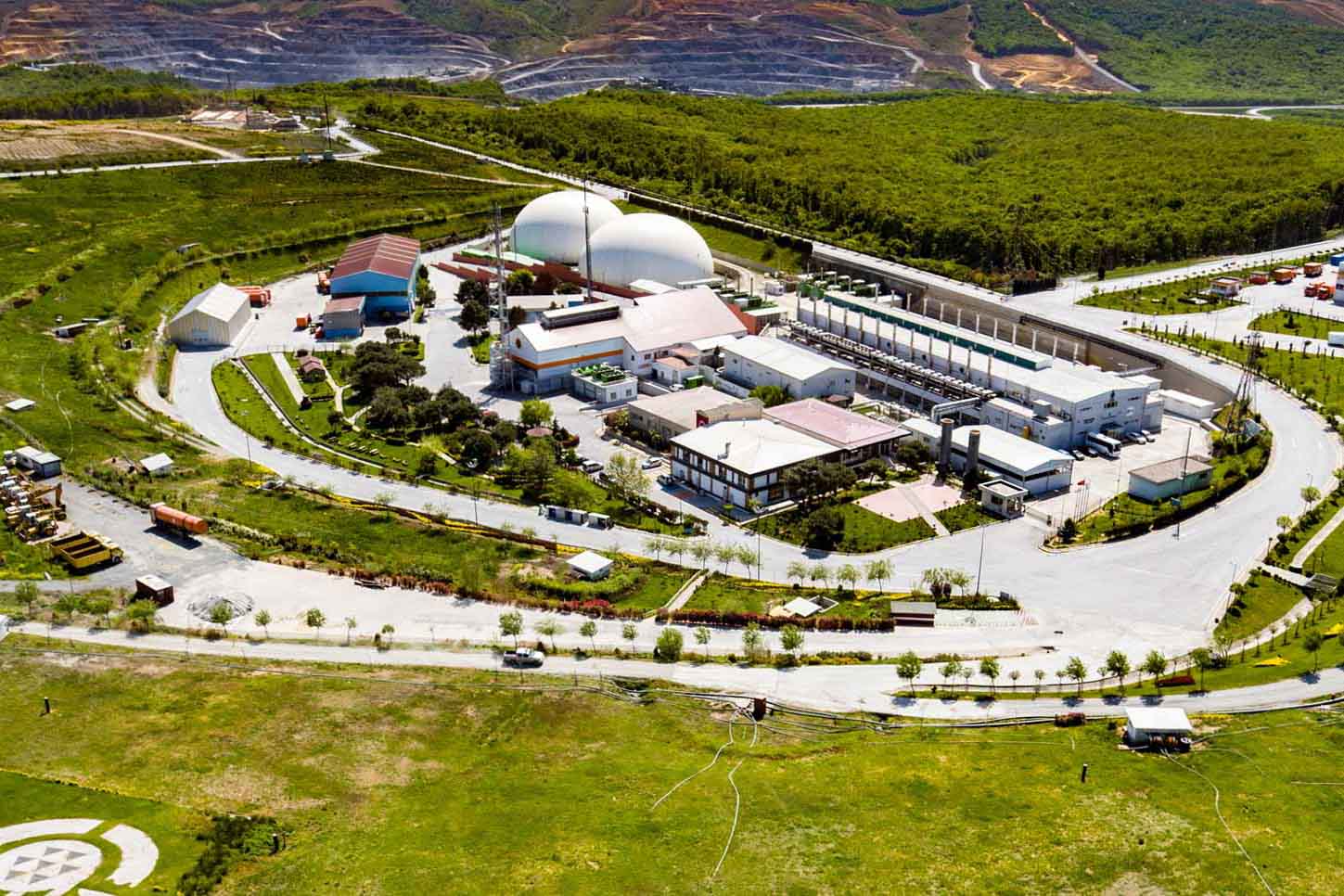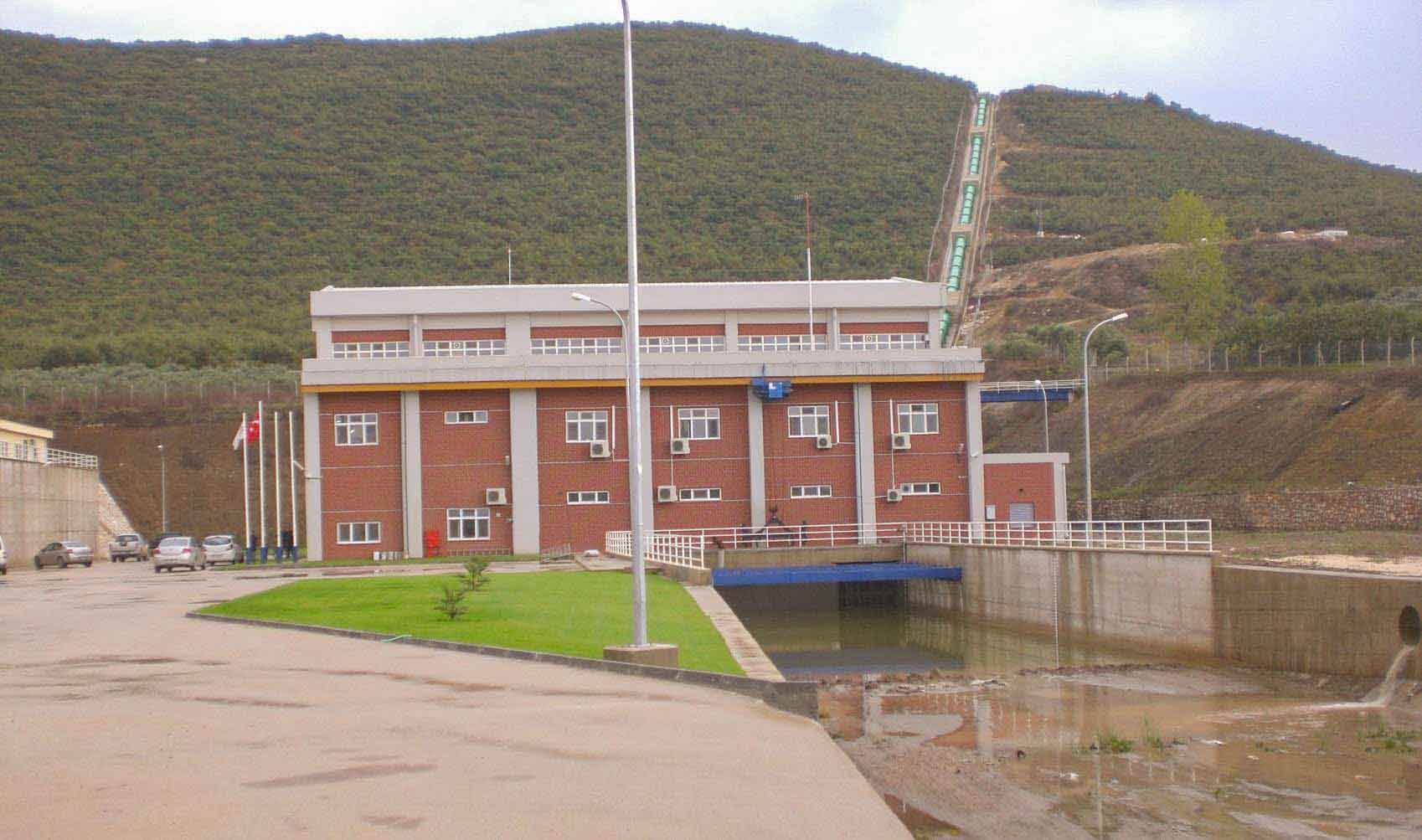Climate project portfolio for OMV
Three of the projects supported by OMW are located in Turkey: a hydropower plant in Uluabat (https://climatepartner.com/1304), a wind power project in Balikesir (https://climatepartner.com/1026), and a landfill gas recovery project in Istanbul (https://climatepartner.com/1299).
Two projects are located in China. The Qinghai Delingha Xiehe project generates clean energy by operating two solar PV plants (https://climatepartner.com/1037). The wind farm in Guyuan generates about 530 GWh electricity per year (https://climatepartner.com/1085).
In India, the solar PV plant near Guttigoli annually generates 210 GWh of clean electricity (https://climatepartner.com/1232). The wind farm in Saint Nikola, Bulgaria produces 300 GWh per year (https://climatepartner.com/1100). The project in Brazil protects 148,000 hectares of Amazon rainforest from deforestation (https://climatepartner.com/1280).

The portfolio includes projects that evidently reduce CO2 emissions using various technologies. These include, for example, the protection of rainforests, energy efficiency measures or the expansion of renewable energies. The income from the sale of proven CO2 savings is necessary to be able to implement climate projects in economically weak regions.
Besides reducing greenhouse gases, the project activities create additional benefits for the environment and local people. Detailed descriptions of the projects and methods for reducing emissions can be found via the respective project links. The portfolio projects are registered with international standards.
Explore our projects
Biochar for Climate Action, Healthy Soils, and Better Harvests

A certified climate project combined with additional commitment

Expansion of renewable energy generation in Asia

Ceramic water filters save CO2 and improve health

Improved cookstoves worldwide – for better health and cleaner air

A certified climate project combined with additional commitment

Powering access to renewable energy in Africa

A certified climate project combined with additional commitment

Restored ecosystems remove carbon

Turning degraded farmlands into healthy ecosystems

Improved cookstoves - better for health and the environment

















